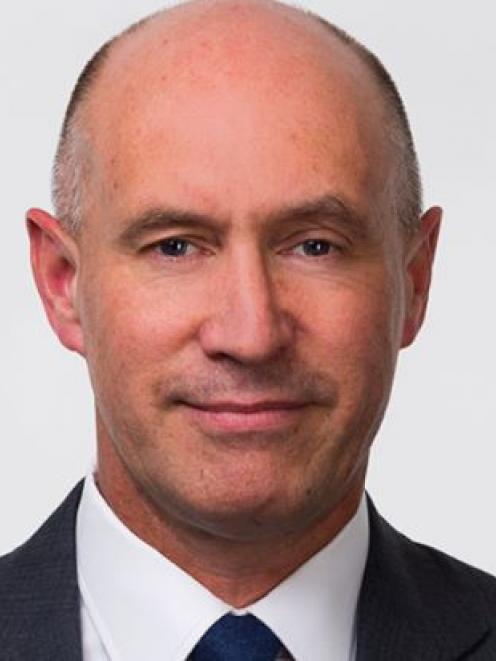
Since the story broke, we have had our newspaper and social media feeds spill over with equal measures of outrage and contempt. Calls for resignation and investor boycotts intermingled with good old unrestrained venting and reporting about the reduction in share price and associated personal wealth.
The ire of many a New Zealander was directed at the person who dared to undermine someone whom we easily recognise by Christian name alone. In all that I read, I think I saw but one contrarian perspective about free speech and cancel culture.
So now what? With the initial response to this episode well covered, surely it calls for us as governors to reflect a little deeper and review our own entities.
What might that review look like? Well, it’s pretty easy to ask questions about your investment portfolios and if they remain aligned to socially responsible investment objectives.
The bigger question might be about the review of those objectives and checking they have kept time with your entities’ purpose and evolving stakeholder obligations. How are you benchmarking this policy and does it speak to matters of ESG (environment, social and governance)?
It’s not the only thing worth dusting off — indeed, perhaps it’s time to revisit the policy section in your board folder and review what was committed to in relation to embracing diversity, both at the board and organisational level.
And while you can, cast your eyes around the room and assess diversity progress at the governance table. How does that intention play out across the organisation as a whole?
What statements are you making about harassment and discrimination? How do you know your efforts are effective inside your organisation and what data do you receive that supports this? How do people speak up inside your entity? No doubt you have a whistleblower policy, but does it work and are people confident to use it?
When was the last time you saw reporting on whistleblowing and have you as a board considered the merits of providing an external avenue for reporting, versus a named internal manager who may be intimidating, especially if you are junior and part of a minority group inside the business?
With the Protected Disclosures (Protection of Whistleblowers) Bill’s law changes coming into force on July 1, you may wish to reflect on the guidance provided in that new legislation.
What specific internal procedures are legally required will depend on whether you are a private company or public sector organisation. Either way, a discussion on best practice should ensue to give confidence that people feel safe to speak up.
What is your position on gender and ethnic pay gaps? Do you have policy and process to eliminate bias at every step of the recruitment and retention process? What data does your remuneration or people and culture committee receive, and are you committed to transparency in your public reporting of the same? How are human rights built into your procurement process, and have you as a board discussed the consultation out by the Ministry of Business, Innovation and Employment on a legislative response to modern slavery and worker exploitation, forced labour and people-trafficking?
While we are reflecting on central-led responses, another great place to look is at the public service action plan called Kia Toipoto. This seeks to make progress in three areas: firstly closing gender and ethnic pay gaps; second, accelerating progress for wahine Maori, Pacific women and women from other ethnic communities; and finally, creating fairer workplaces for all, including disabled people and members of rainbow communities.
It’s an easy and worthwhile read and speaks to solid themes including transparency, equity and elimination of bias and discrimination. What does your cultural capability look like?
Embracing diversity may be layered with good intent throughout your objectives and policies, but unless you have capability appropriately layered throughout and a culture that celebrates demonstration of the learnings, your intent may simply be just that: intent.
Finally, with all the questions asked, all the data reported and the conversations had, what does your board look like when bad news has travelled up and something has gone wrong?
You can tell a lot about strength of character by how you respond in a crisis. Have you a history of demonstrating leadership and accountability, transparency and improvement over time? Or has the silence of your response been deafening?
As governors, we have a duty to be so much more than intent, and our actions must speak. Somewhere in between the scorn and derision that has dominated, I instead encourage you to have a conversation as a board.
Scenario analysis is so much easier than crisis management. And that is why, like me, you might want to give this some thought too, because the standard you walk past is the standard you accept.
- Trish Oakley is the chairwoman of the Otago Southland branch of the Institute of Directors (IOD). This article is opinion only and not intended as governance advice. IOD is the professional body for directors and is at the heart of New Zealand’s governance community.











